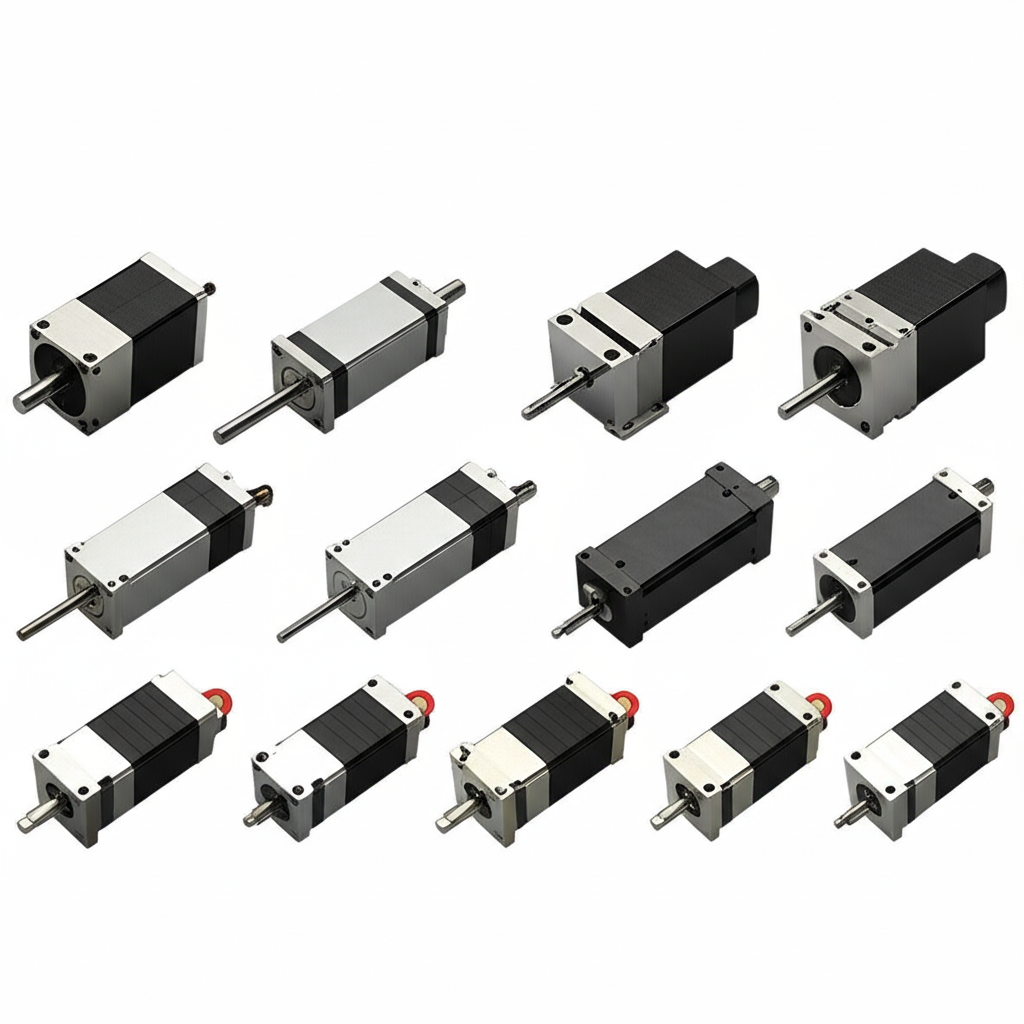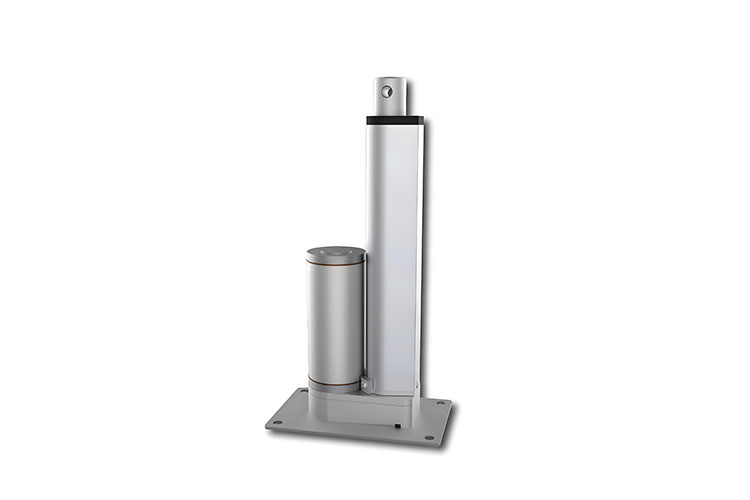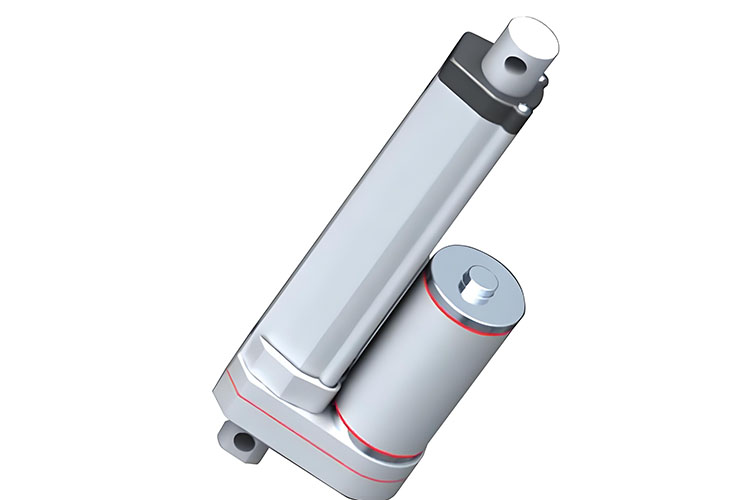The Magic of Motion: Why You Care
Have you ever seen a robot arm move so fast and smooth that it looks like magic? Maybe you’ve watched a conveyor belt stop at just the right spot every time. Or you dream of a machine that makes small, perfect moves, over and over, with no mistakes. If yes, you want what factory experts use: a rotary servo actuator.
I am here to show you why these small parts are the secret behind so many smart machines. And I will tell you how our team at Jimi (Jimi Technology Co., Ltd.) can bring this magic to your world too.
What Is a Rotary Servo Actuator?
A rotary servo actuator is more than just a motor. It is like a smart helper that turns, moves, and stops right where you want and how you want. Rotary means it spins around. Servo means it listens and learns. Actuator means it does the work.
Rotary Servo vs Linear Actuator
- Rotary Servo Actuator: Spins in circles
- Linear Actuator: Moves in a straight line
- Both use servo control systems, feedback like encoders, and close the loop for precision motion control.
Let’s Meet the Team: Inside a Rotary Servo Actuator
A rotary servo actuator is a team. Every part works together. Let’s break it down:
| Component | What It Does | Entity |
|---|---|---|
| Servo Motor | Spins and creates the turning force | Servo motor, Torque |
| Encoder | Tells you how much it turned | Encoder, Feedback loop |
| Servo Drive | Feeds power and understands control signals | Servo drive, PWM |
| Controller | Gives the orders and checks the work | PLC, Microcontroller |
| Gearbox (optional) | Adds strength to the spin | Gearbox, Harmonic drive |
| Brake (optional) | Holds it in position if needed | Brake, Safety functions |
The Four Parts
- Servo motor: Can be a brushless DC (BLDC) or permanent magnet synchronous motor (PMSM). Makes things spin with torque and speed.
- Encoder: Tracks the tiniest angles. From incremental to absolute, tells us about each move.
- Servo drive/amplifier: Changes simple signals into powerful actions using clever tricks like pulse width modulation (PWM).
- Controller: The big boss. Uses a smart math trick called PID control to always keep motion on target.
How Does It Work? The Closed-Loop Control Principle
How do these parts dance together and never miss a beat? It’s all about the closed-loop feedback mechanism.
- You Give A Command
The controller says, Move here! Maybe turn 45 degrees.
- The Motor Gets Moving
The servo drive wakes up the motor—off it spins!
- Encoder Watches Closely
The encoder checks where the motor turns.
- Controller Checks the Score
Did the motor go too far? Or not enough? The controller compares actual vs wanted.
- Correction Time
The controller tells the drive, “A bit more! A bit less!” The drive listens, adjusts, and tries again.
- Repeat Until Perfect
This cycle goes very fast—hundreds or thousands of times each second!
Why a feedback loop? With feedback, your machine always knows where it is. No more guessing. Only precision.
Why Use A Rotary Servo Actuator? Look at These Wins!
When you need machines to:
- Move to the right place, every time
- Work fast, but not miss a spot
- Hold steady—even under pressure
A rotary servo actuator is the best pick. Let’s see why:

Best-in-Class Benefits:
- Precision and Accuracy
Hit the target with ±0.001-degree moves (Source: MarketsandMarkets 2023)
- Super Speed
Up to 12,000 RPM—fast enough for the toughest factory jobs
- Repeatability
Every move just as accurate as the last—makes perfect parts all day
- Efficient Power
Saves on energy bills—85-95% efficiency beats hydraulic or air-driven systems
- Quiet and Smooth
Runs without shakes, rattles, or extra noise—great for factories and labs
- Flexibility
Works for robots, CNC machines, assembly lines, packaging, medical tools, cameras, aerospace, and more!
Real-World Examples (Case Studies)
| Application | How Servo Actuators Help |
|---|---|
| Automotive robots | Make welds, paint parts, move materials. Cut cycle times by up to 30%. |
| High-precision CNC machines | Make airplane parts, medical devices. Keep sizes perfect to a hair’s width. |
| Medical surgical robots | Help doctors make safe, steady moves. Tiny, tremor-free movements for patient success. |
| Packaging/bottling lines | Fast filling, capping, labeling. Reduce product waste by 30-50%. |
| Printing presses, textile lines | Keep things in perfect register for sharp images and bright colors. |
Data Speaks: Performance and Market Trends
Servo System Performance Stats
| Metric | Typical Value |
|---|---|
| Positional accuracy | ±0.001 to ±0.01 degrees |
| Repeatability | ±0.0005 to ±0.003 degrees |
| Speed range | 0 to 12,000+ RPM |
| Torque density | 1-6 Nm/kg |
| Energy efficiency | 85-95% |
Industry by the Numbers
- Global servo motor market: ~$16.5 Billion USD (2023)
- Main users: Industrial machinery (45% of market)
- Hot markets: Asia-Pacific (China, Japan)
- Growing fast: 6.5-7.8% CAGR
ROTARY SERVO ACTUATORS
The Engine of Precision Automation
Market Snapshot
~$16.5B
Global Market Size (2023)
~7.2%
Projected CAGR (2024-2029)
Key Performance Metrics
Precision Accuracy
As fine as ±0.001°
High Speed
Up to 12,000+ RPM
Energy Efficiency
85-95% system efficiency
Leading Application Segments by Market Share
Key Technology Trends
-
Industry 4.0 Integration: IIoT connectivity for predictive maintenance and remote diagnostics.
-
Miniaturization: Higher torque-to-size ratios enabling more compact machine designs.
-
Integrated Safety: Built-in functions like Safe Torque Off (STO) to enhance operator safety.
Do You Need Speed, Power, and Reliability?
Maybe your machines stop in the wrong spot. Perhaps you lose time and money with old motors or pneumatic systems. Are you sick of noise and guesswork? With our rotary servo actuators or even better, our servo linear actuator solutions, you solve all those headaches. When you need things to move with smart control and repeatable quality, you need us.
Why Choose Jimi for Your Automation?
At Jimi Technology Co., Ltd., we are not just a seller. We are your trusted automation expert. We design, build, and guide the use of high-quality servo actuators, linear actuators, and advanced control systems. With years of experience, our solutions are tailor-made for lifting, pushing, pulling, tilting, and any motion you need—across many industries.
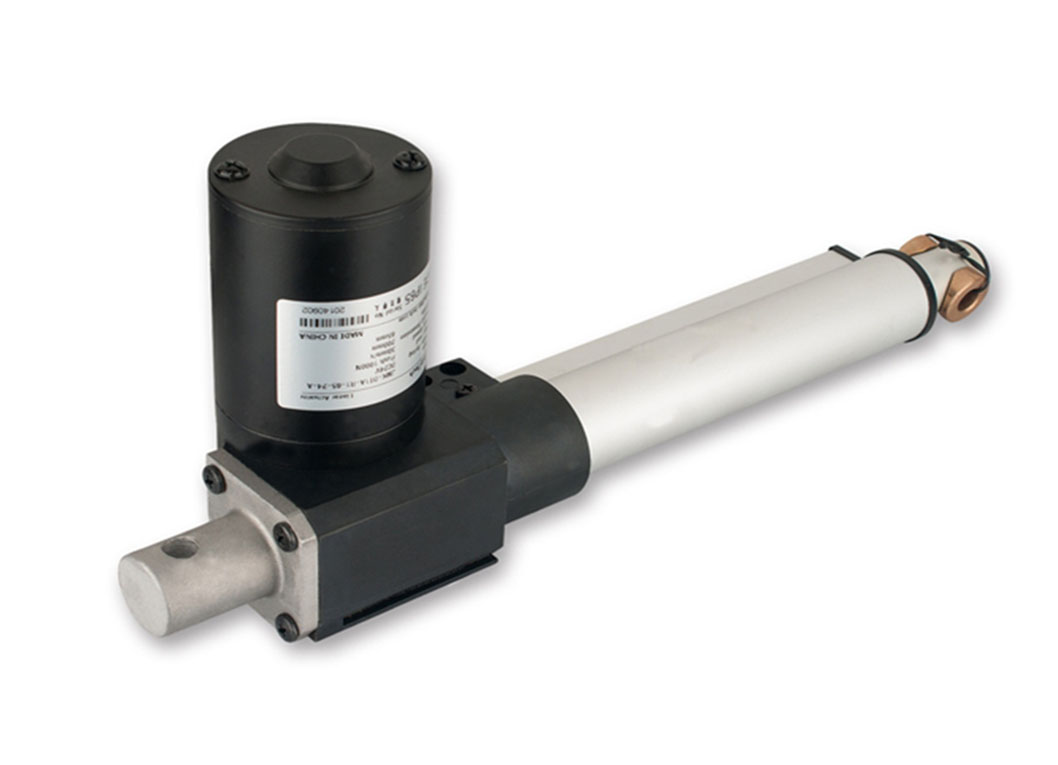
Our Key Strengths
- Cutting-edge precision and robust designs
- Expert in servo actuator sizing, maintenance, and custom engineering
- Global success in all major markets
- Fast support from a solution provider, not just a box-packer
Every product is tested for accuracy, torque, and reliability. See how we deliver on every promise with our wide range of electric linear actuators made to match your needs.
Ready to Upgrade? See More Smart Solutions
Want smart actuators for your line? Explore:
- Industrial automation actuators
- Standard/inline actuators
- Robotics linear actuators
- Our whole linear actuator collection
Wrap Up: The Future Is Here
Servo technology powers today’s best machines. Closed-loop control, precision motion control, and bright ideas bring out the best in your production. Whether you build robots, make cars, or run a packaging factory, rotary servo actuators—and smart servo linear actuators—are the answers for speed, accuracy, and quality.
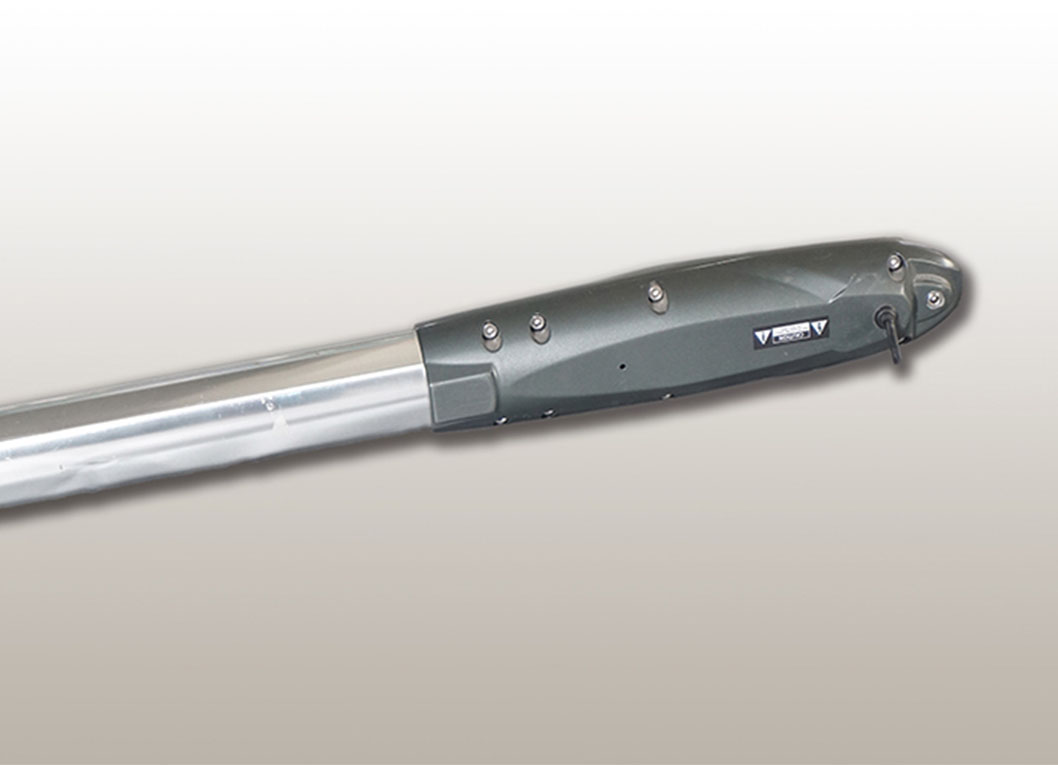
Unlock new levels. Trust Jimi Technology Co., Ltd. to build your next success story.
Table of Key Entities and Servo System Elements
| Entity | Role in Servo Actuator |
|---|---|
| Servo motor, Brushless DC, PMSM | Main source of rotary power |
| Encoder (Optical, Magnetic) | Provides motion feedback |
| Servo drive, Amplifier, PWM | Controls power delivery and speed |
| PLC, Microcontroller, PID controller | Runs commands, adjusts errors |
| Gearbox, Harmonic drive, Planetary box | Boosts torque, fine control |
| Feedback loop, Closed-loop system | Ensures accuracy, repeatability |
| Sensors, Limit switches, HMI | Interface with users and machines |
| Torque, Speed, Position, Resolution | Defines quality of movement |
| Robotics, CNC, Industrial Automation | Where actuators shine |
References
- MarketsandMarkets, 2023, Servo Drives & Motors Global Industry Report
- Allied Market Research, Industrial Machinery Trends, 2024
- Jimi Technology Co., Ltd. Product and Test Data
When you want the job done right, and done smart, trust your movement to servo technology—and trust Jimi to make your machines sing.




